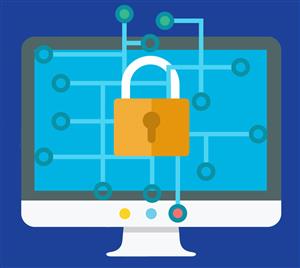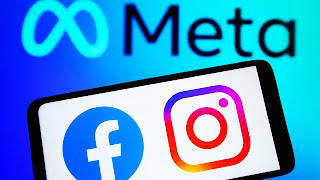The "Do's" of Social Media

The "Do's" of Social Media image source: LinkedIn Rethinking Social Media As adults, we often tell kids what to do and not to do. Of course, there are many dangerous and harmful situations we teach students to avoid while using social media. Most students learn the "do nots" of social media when they should also be learning how to use it to their benefit. In a world where social media use is only increasing, students understanding what they should and can use social media for will aid them in developing 21st century skills. Below is an infographic of 7 "do's" of social media. Each section gives a description and ideas for using the power of social media to connect with others, build a desirable online reputation, and learn and practice skills. The audience for this infographic is high school or college students. Although these "do's" could be modified and taught to all grade levels, this information mostly addresses higher grade ...





